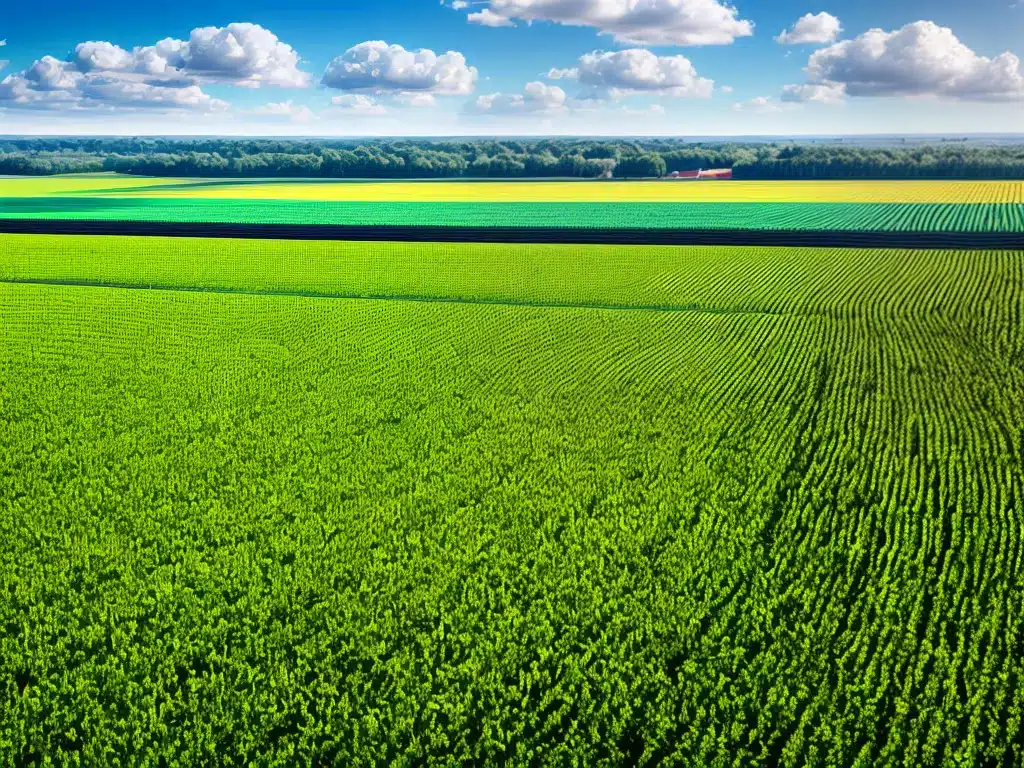
IoT in Agriculture: Tech Advances to Watch
The internet of things (IoT) is transforming agriculture in exciting ways. As an agricultural worker, I am seeing many new IoT technologies that are boosting productivity, efficiency, and sustainability on farms. Here are some of the most notable IoT advances in agriculture that I think are worth watching closely:
Sensors
Sensors allow farmers like myself to closely monitor conditions, animals, and crops. Some of the most useful agricultural sensors include:
-
Soil sensors – These can monitor moisture, nutrient levels, temperature, and more in the soil. This helps me optimize irrigation, fertilizer application, and track crop health.
-
Livestock sensors – Fitted to animals, these can track health, movement, feeding patterns and more. I’m using them to boost animal welfare.
-
Crop sensors – Mounted on tractors or drones, these measure things like leaf temperature, moisture stress, insect infestations, and more. I can spot problems early.
-
Weather sensors – Tracking temperature, rainfall and more, these help me plan effectively around weather and climate patterns.
Connectivity
Reliable connectivity is essential for transmitting sensor data and supporting other IoT applications. Some key technologies aiding connectivity on farms are:
-
LPWAN networks – Low-power wide area networks like LoRaWAN provide long-range connections for IoT devices. I find these work well across large farm areas.
-
Mesh networks – These allow IoT devices to efficiently route data via multiple inter-connected nodes. Useful where there are connectivity gaps.
-
5G networks – As 5G rolls out, its high speed and low latency will enable advanced real-time IoT capabilities on farms.
-
Satellite internet – SpaceX’s Starlink and others promise reliable, high-speed satellite internet anywhere. This could fill connectivity gaps in rural agricultural areas.
Automation
IoT enables intelligent automation of many farming tasks, including:
-
Autonomous tractors – Guiding themselves via GPS and sensors, these tractors plow, seed, spray, harvest and more efficiently. I can automate repetitive field tasks.
-
Drones – Equipped with multispectral cameras and more, drones scout fields, monitor livestock, spray crops and pollinate automatically.
-
Robots – In dairy farms, automatic milking machines milk cows without human labor when they walk into the stalls.
-
Driverless material handling – Self-driving vehicles like JCB’s intelligent tractor can automate bulk material transport around farms.
Analytics
IoT platforms use cutting-edge analytics, like machine learning and artificial intelligence, to gain insights from agricultural data. Key applications include:
-
Predictive crop and livestock analytics – Forecasting outcomes like yields, health issues, and optimal harvest times.
-
Prescriptive analytics – Recommending precise actions to take like irrigation amounts, sowing rates, and fertilizer application.
-
Anomaly detection – Identifying unusual patterns in crop or animal behavior that may indicate problems.
These powerful analytical capabilities help optimize my decision making and boost productivity.
The IoT wave is bringing transformative change to agriculture. I’m excited to leverage these advanced technologies on my own farm. With the power of data and connectivity, the future of farming looks bright.












